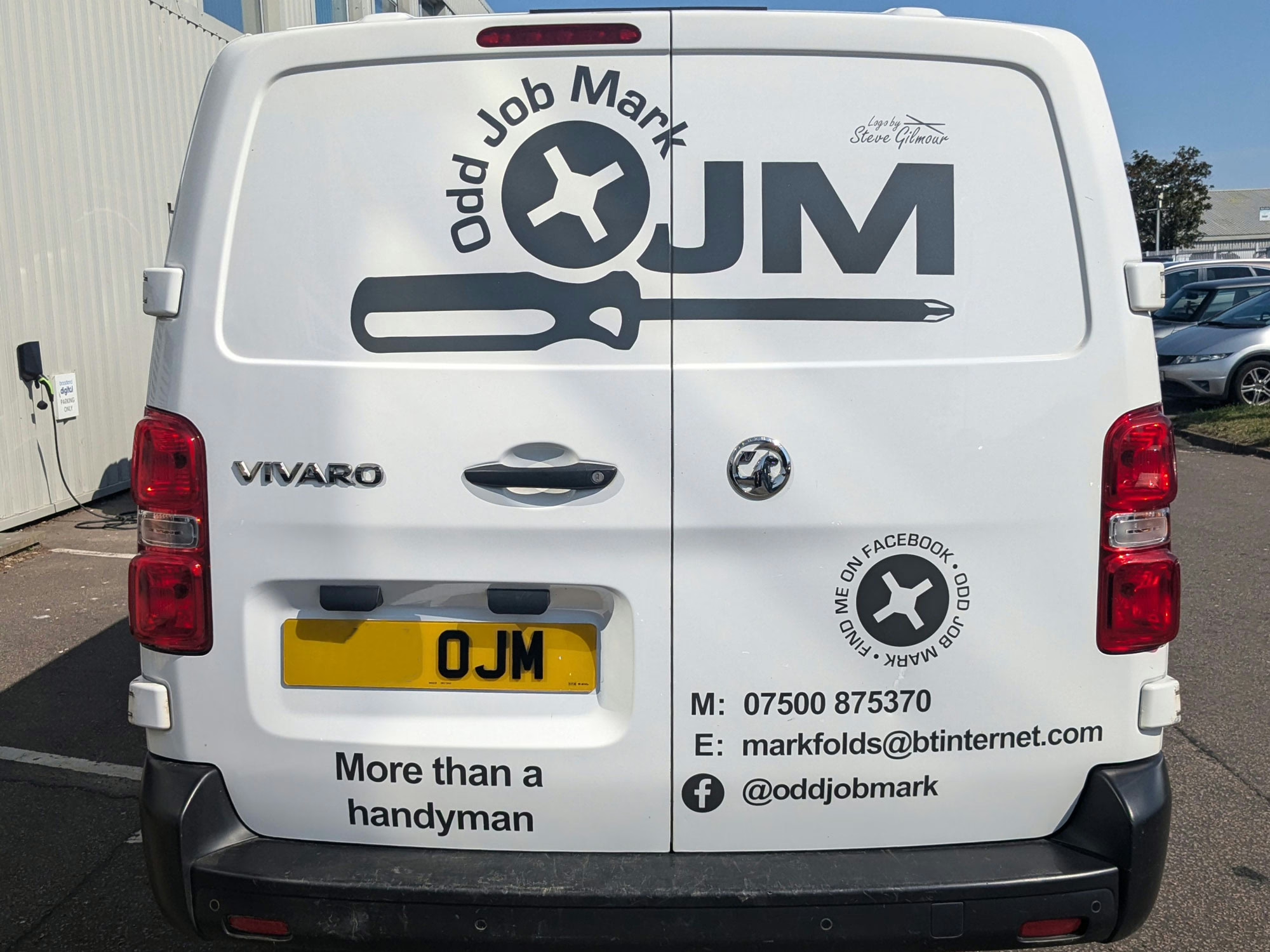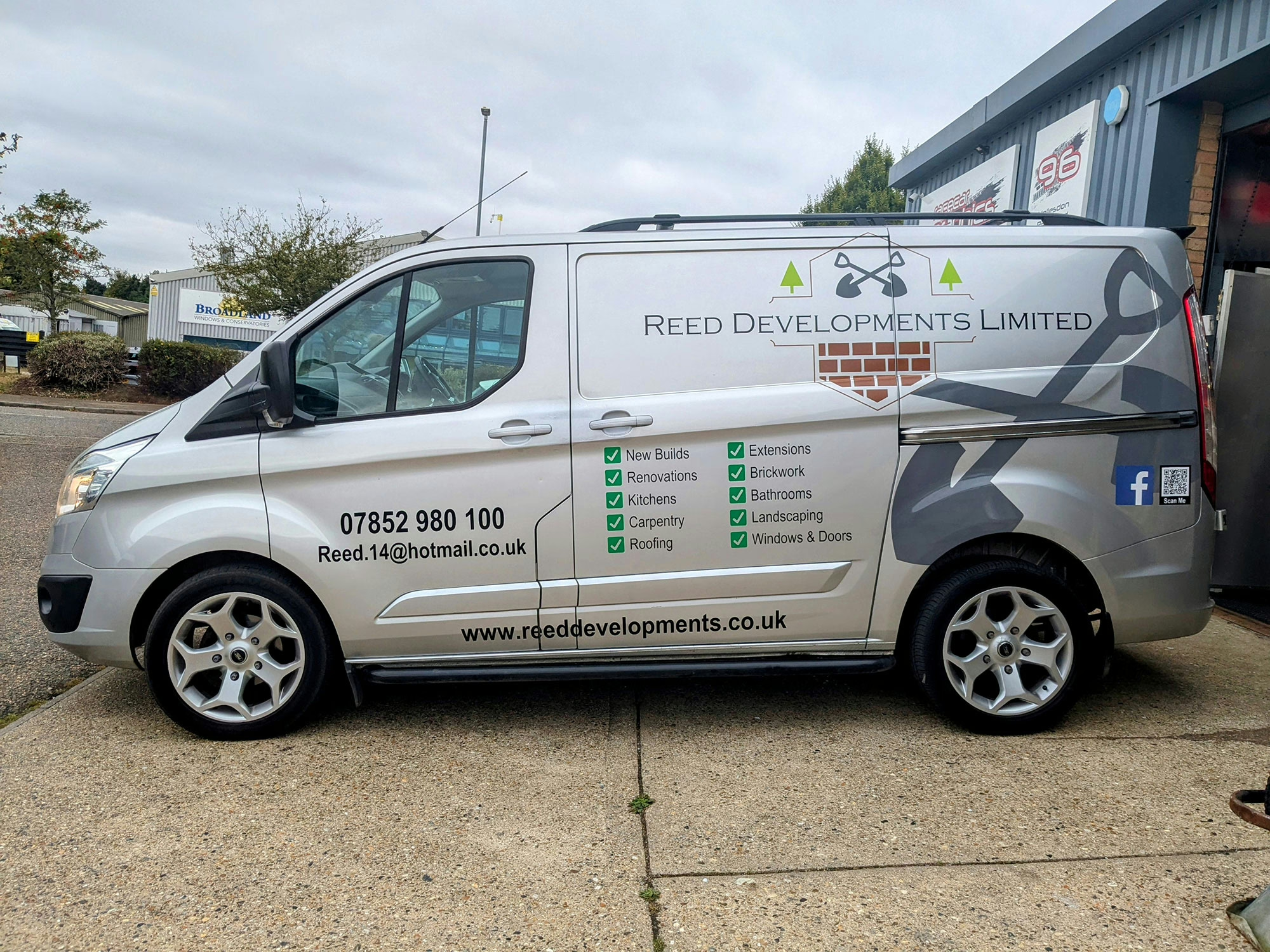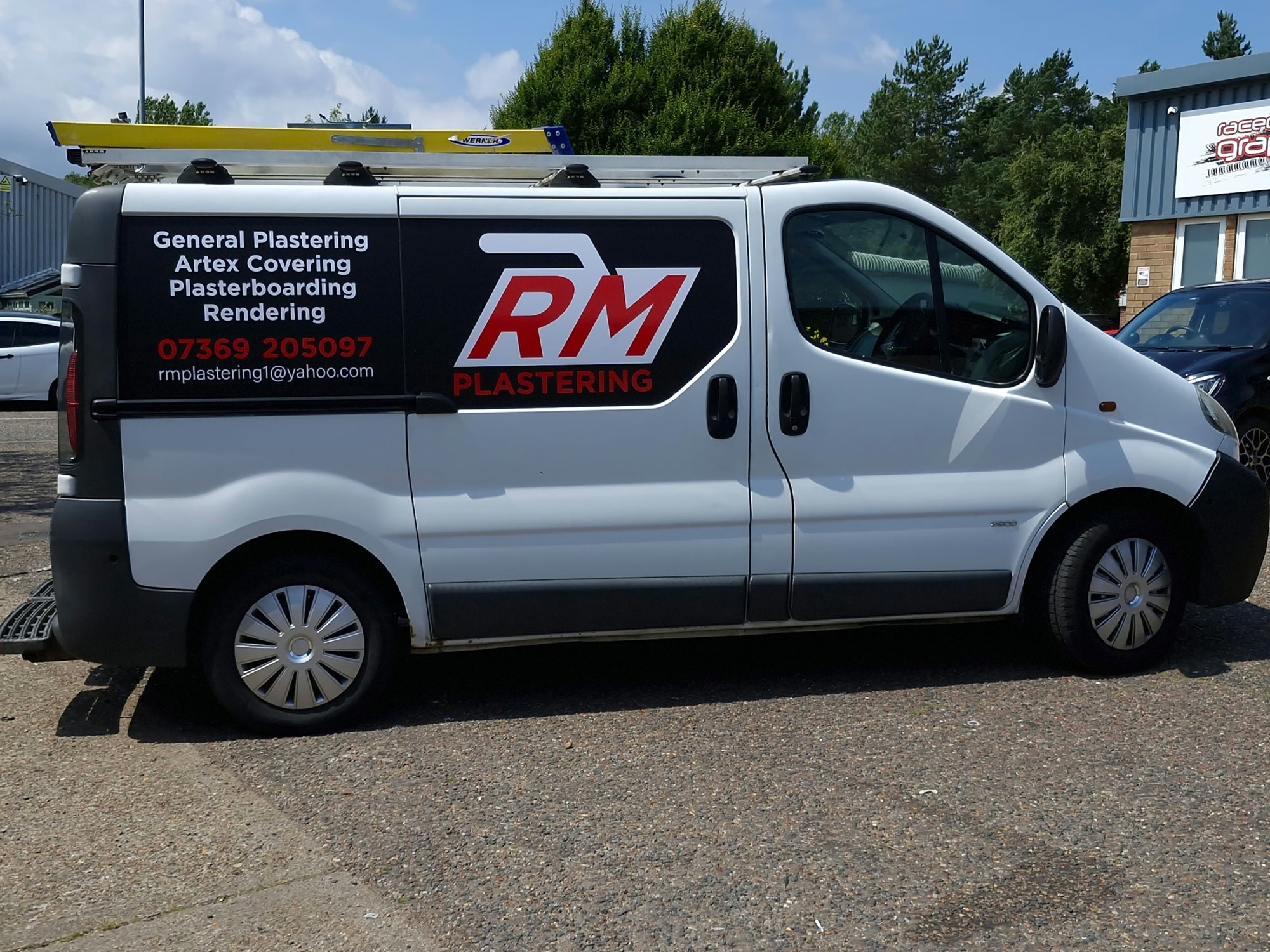Hydro dipping, also known as water transfer printing, is a process that allows for the application of intricate designs to three-dimensional objects. It involves submerging an item in water that has a special film floating on its surface, which contains the desired pattern or graphic. When the object is dipped into the water, the film adheres to its surface, wrapping around curves and contours for a seamless finish. This technique is popular for customizing items like automotive parts, helmets, and various consumer goods, offering a wide range of designs, from camo patterns to vibrant graphics. Hydro dipping not only enhances aesthetics but also provides a protective layer to the underlying material.
We can print any image onto onto a specialist hydrographic film. This allows us to make your products completely bespoke to you. We specialise in the hydro dipping of car parts which can be anything from mirrors, alloy wheels, trims or even the dashboard.
Hydro dipping, also known as water transfer printing, is a popular method for customizing car parts with unique designs. Here’s a brief overview of the process:
1. Preparation
- Clean the Parts: Thoroughly clean the car parts to remove dirt, grease, and any old paint. This helps the hydro dip adhere better.
- Sanding: Lightly sand the surface to create a better grip for the paint.
- Priming: Apply a primer suitable for the material of the part to enhance adhesion and finish.
2. Choosing the Film
- Select a hydrographic film with the desired pattern or design (camouflage, carbon fiber, etc.). Ensure it’s compatible with the type of paint you’re using.
3. Application Process
- Water Tank Setup: Fill a tank with water and ensure it’s deep enough for the parts to be submerged.
- Film Activation: Place the hydrographic film on the water surface and spray an activator over it. This activates the film and prepares it for dipping.
- Dipping: Slowly submerge the car part into the water, allowing the film to wrap around it. Pull it out carefully to avoid bubbles and distortions.
4. Finishing Touches
- Rinse and Dry: Rinse the dipped part to remove excess film and let it dry completely.
- Clear Coat: Apply a clear coat to protect the design and enhance durability.
5. Curing
- Allow the parts to cure fully according to the paint and clear coat manufacturer’s instructions.
Tips
- Practice: If you’re new to hydro dipping, practice on smaller items first.
- Environment: Ensure you work in a well-ventilated area and use protective gear.
- Patience: Allow adequate time for drying and curing to achieve the best results.
show less



